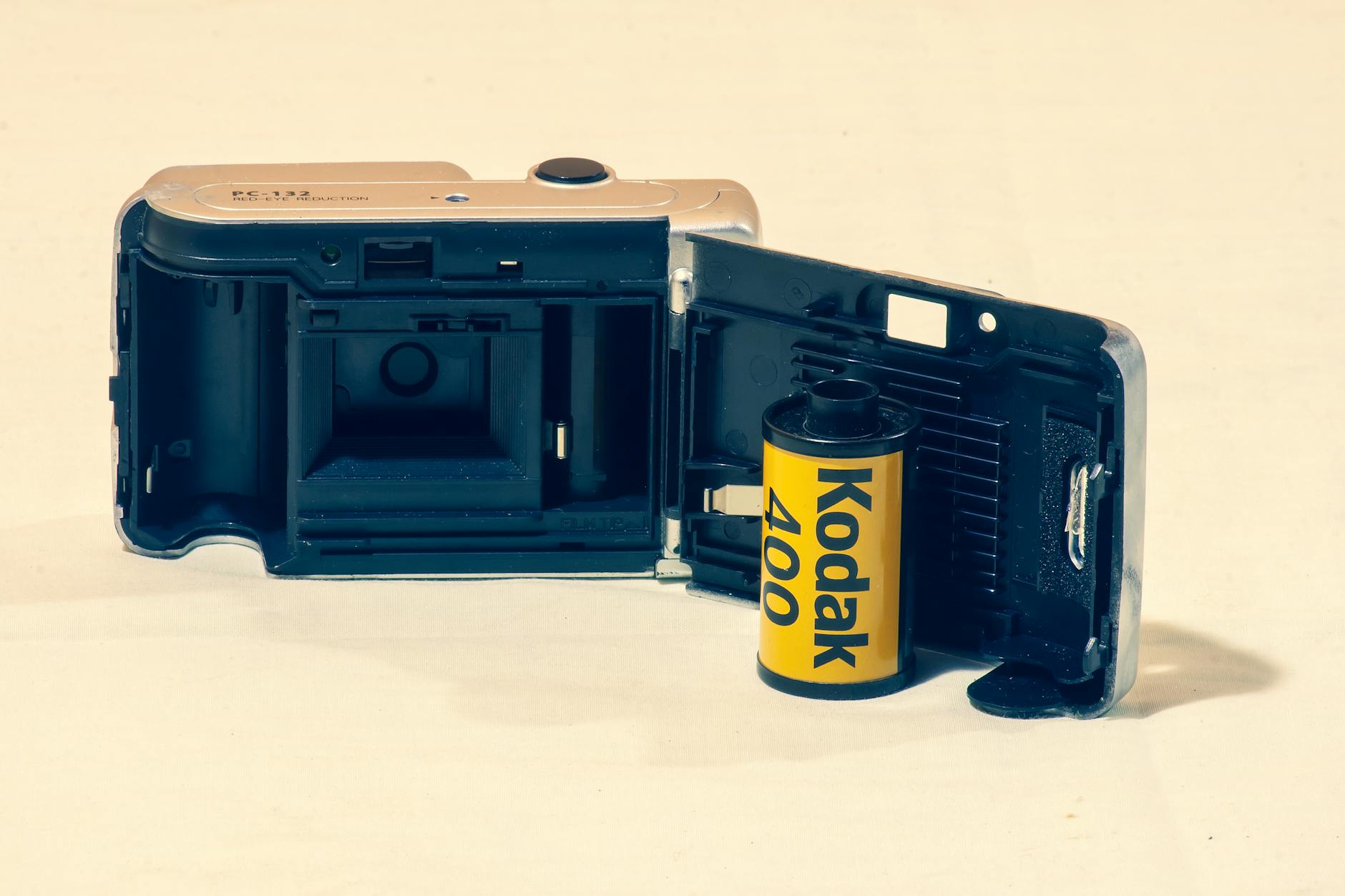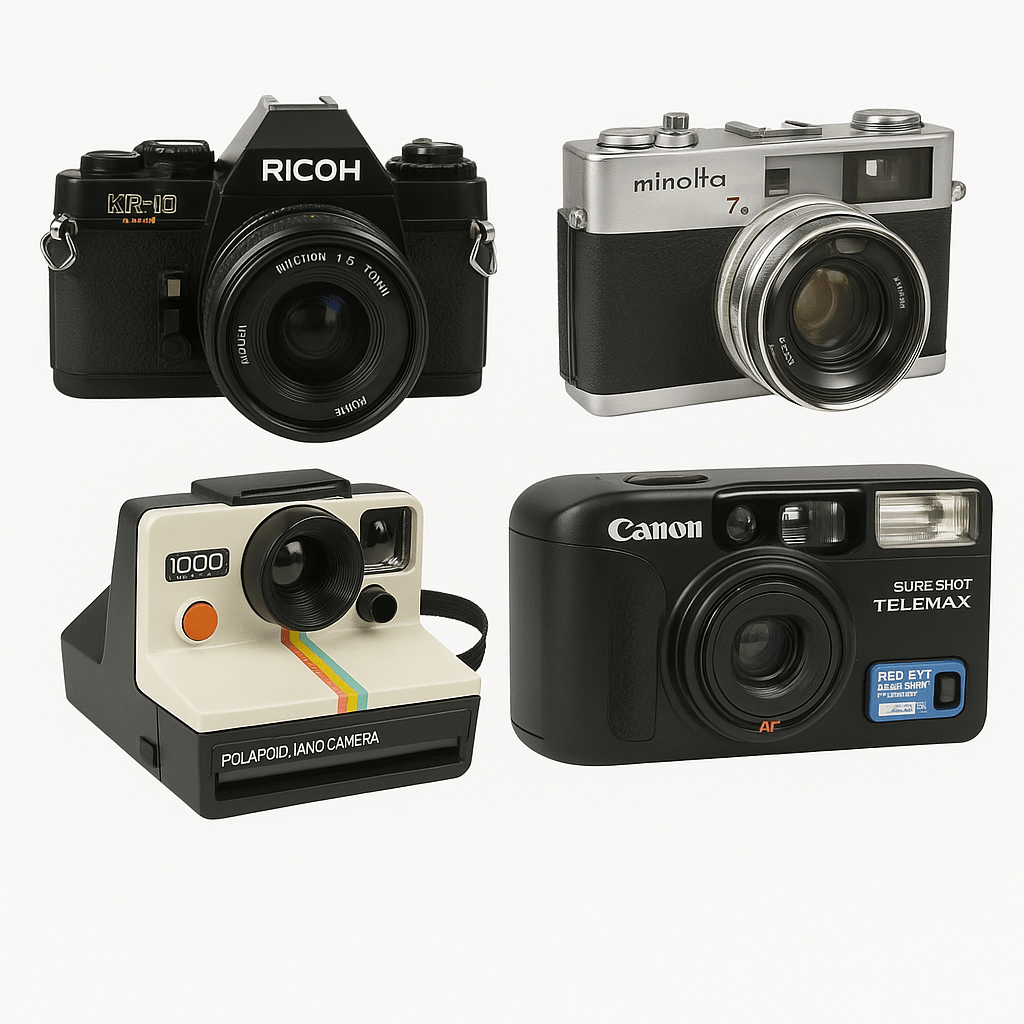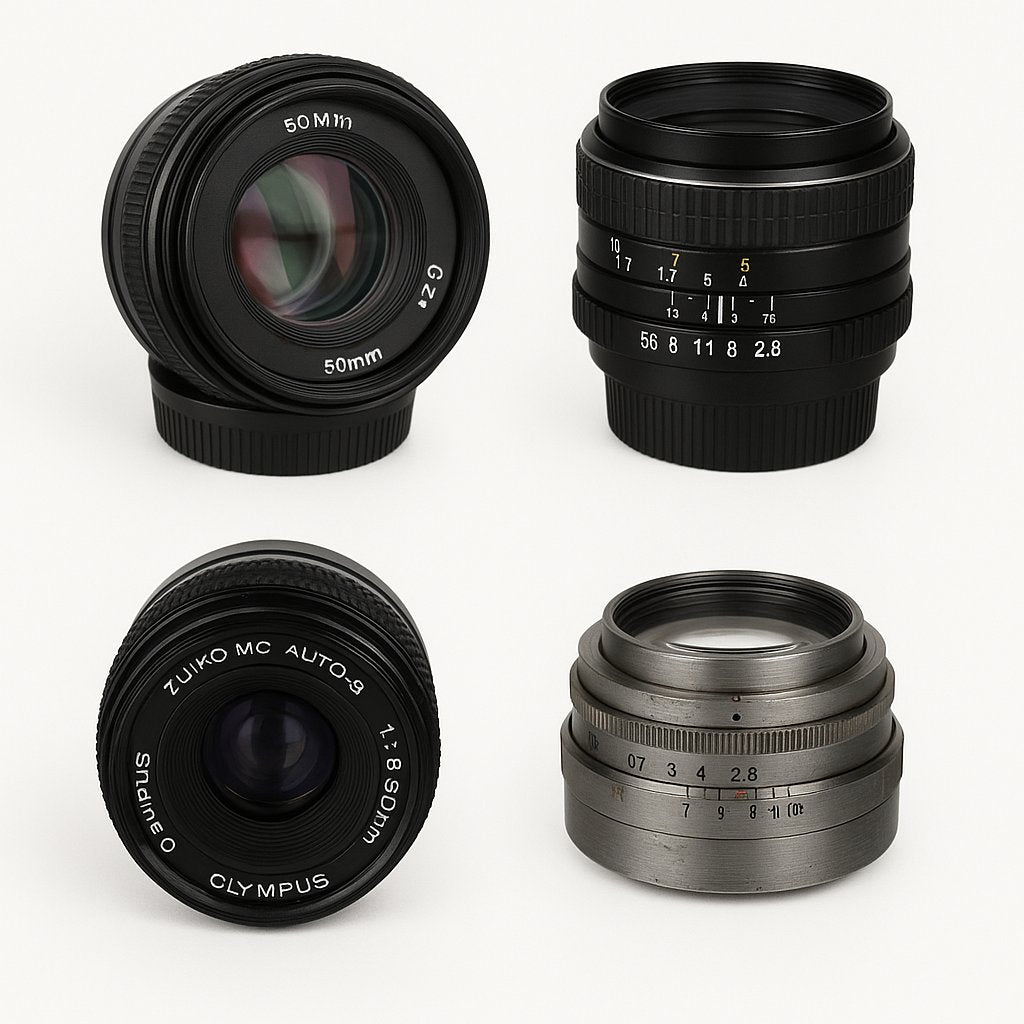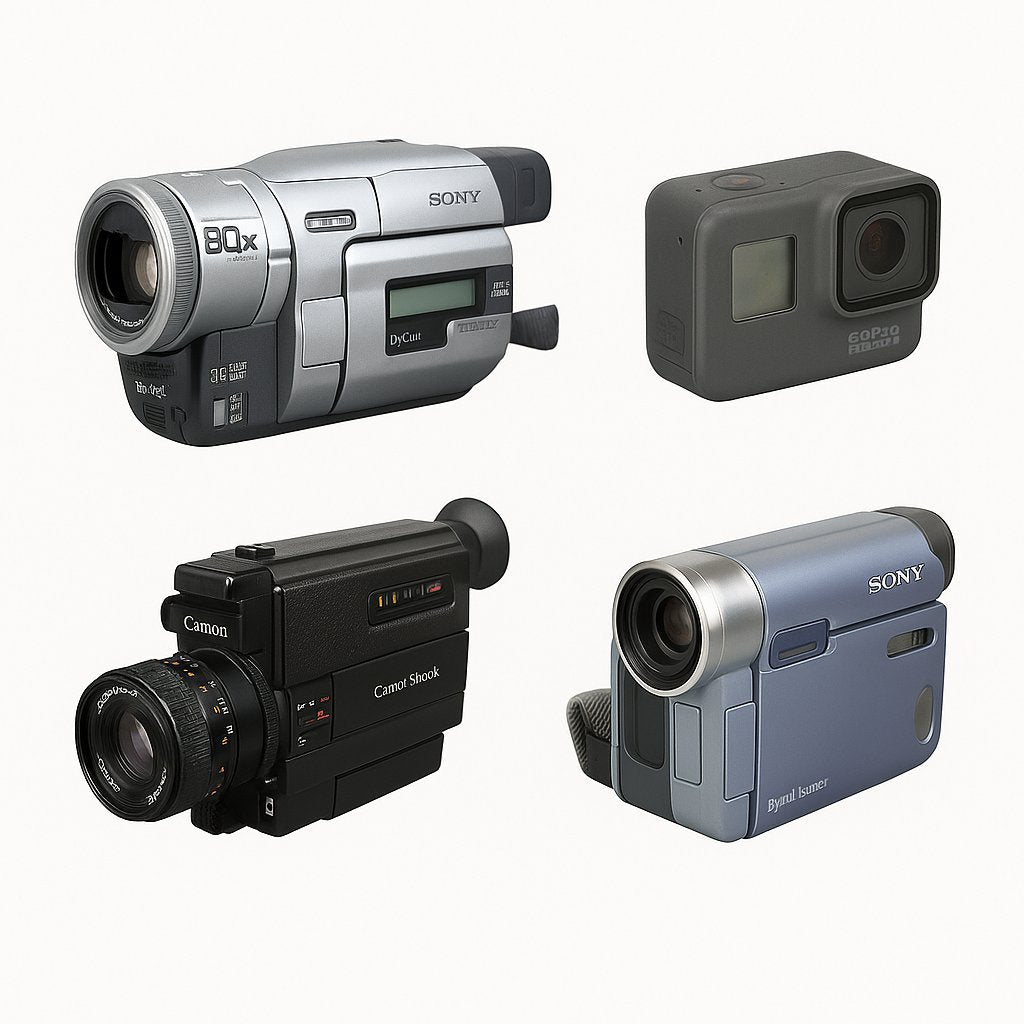Thinking about stepping up to medium format without draining your budget? This buyer’s-guide-meets-how-to walks you through choosing an affordable medium format film camera, checking second-hand condition, loading 120 film, and getting creative on your first rolls—all with sustainability in mind.
Why choose medium format on a budget?
The medium format look is real: larger negatives like 6x4.5, 6x6, and 6x7 render smoother tonality, rich midtones, and edge-to-edge detail that smaller formats can struggle to match. Skin tones feel supple, skies have nuanced gradients, and fine textures sing.
There are trade-offs. Most medium format bodies are larger and heavier than 35mm, and handling can be slower. But for many photographers, the deliberate pace is a creative feature, not a bug.
The budget reality is encouraging. If you shop second-hand, you can capture that big-negative magic without premium collector pricing. Cost-saving categories include fixed-lens TLRs (twin-lens reflex) and older modular SLR systems—robust, repairable, and widely available.
Best affordable medium format film cameras (by type)
TLR (simple, great value)
For the best budget medium format experience, start with a TLR. The Yashica Mat series and Minolta Autocord are beloved for their bright waist-level finders and sharp, fixed lenses. If you want more flexibility, the Mamiya C series adds interchangeable lenses while staying cost-effective compared with many SLR systems.
SLR (versatile, system lenses)
Bronica’s ETR/ETRS (6x4.5) and SQ (6x6) lines deliver system flexibility—backs, finders, and lenses—without the collector tax. Pentax 645 bodies are another dependable, ergonomic choice for an inexpensive medium format camera with excellent optics. If you’re willing to carry a heavier kit, older Pentax 6x7 bodies offer a glorious 6x7 negative and a legendary look. Want to compare systems? Browse SLR film cameras.
Folders (compact, often inexpensive)
Classic 6x6 folding cameras from Zeiss Ikon and Agfa are travel-friendly and often very affordable. Watch the condition carefully: bellows must be light-tight, and focus calibration matters because many folders rely on scale focus or simple range mechanisms.
Fixed-lens rangefinders (quiet, sharp)
Certain Fujifilm 6x4.5 rangefinders can be budget-friendly depending on condition and local availability. These are quiet, quick, and deliver razor-sharp results—great for street, travel, and environmental portraits.
What makes them affordable?
Common availability, non-collector variants, and robust mechanical designs keep prices accessible. When you prioritize an entry-level lens and a tested body, you can build a capable kit without chasing rare editions.
How to choose a second-hand medium format camera
Start with frame size: 6x4.5 gives you more frames per roll and a compact package; 6x6 keeps compositions clean and square; 6x7 maximizes negative size for that signature look. Match the camera type to your style: TLR for portraits and quiet street work, SLR for system flexibility, a folder for travel and minimalism.
Condition beats cosmetics. An affordable 120 film camera with a reliable shutter, accurate focus, and light-tight seals will outperform a prettier shelf queen with hidden issues. Consider lenses too: availability of normal, wide, and portrait focal lengths, plus filter sizes for a simple kit.
Keep system costs in mind: backs, prisms, and finders can add up. A simpler kit (body + standard lens + hood) keeps your budget in check while you learn.
Quick condition checklist
- Advance/transport: smooth wind, frame spacing consistent
- Shutter: fires at all speeds without hesitation
- Aperture: blades clean, no oil, movement snappy
- Focus: focusing screen/rangefinder patch clear and accurate
- Lens: no haze, fungus, or heavy scratches
- Seals/bellows: intact, no cracks or pinholes
- Meter (if present): responds to light changes
- Accessories: confirm inclusion of take-up spool for 120 film
Anecdote: I once hesitated over a tiny scuff on a waist-level finder—until I saw my first sharp, tonally rich 6x6 negative from that camera. The scuff disappeared from my mind the moment that detail and smooth sky gradient hit the light table.
Where to buy used gear safely (and what to ask)
Prefer shops that test, grade condition, and offer returns or warranties. Ask for sample images or shutter-speed test notes when possible. Confirm film format and frame size, and ensure a 120 take-up spool is included. With modular systems, make sure the back, body, and lens are light-tight and synced.
To reduce risk, buy from trusted sources. You can Shop tested analog cameras for peace of mind, or visit local stores where you can handle gear and ask questions.
Buyer’s safety checklist
- Request recent photos of glass and seals
- Verify return policy and test period
- Confirm compatibility of lens/back/finder
- Check availability of common spare parts
How to load 120 film (step-by-step)

- Open the back and move the empty take-up spool to the take-up side.
- Insert a fresh 120 roll, thread the leader into the take-up slot, and wind until the arrows align with your camera’s marks.
- Close the back and wind to frame 1 (watch the counter or red window).
- Set ISO on your meter (or app), meter the scene, focus, and shoot.
- Keep the film tight during winding and after finishing the roll.
Loading checklist
- Keep thumbs on spool edges while threading
- Align backing paper arrows before closing
- Wind to frame 1 indicator before shooting
- Secure the finished roll with adhesive seal
Anecdote: On my first roll, I made a tiny habit of pinching the roll edges as I wound, which kept tension perfect—no loose backing paper, no light leaks—and every frame came out clean.
Budget-friendly accessories that make a big difference
A solid tripod or stable support reduces blur at slower shutter speeds. Add a cable release for shake-free long exposures. A lens hood and a basic filter kit (UV protection, a yellow filter for B&W, and ND for daylight control) expand your options. A light meter app or simple handheld meter keeps exposures consistent. Don’t forget a protective wrap, spare 120 take-up spool, and a microfiber cloth. When you’re ready, explore Affordable photo accessories to round out your kit.

Creative projects for your first medium format rolls
Start with projects that teach you about the format’s strengths and the deliberate rhythm of a 120 film camera.
- Natural-light portraits: use window light and a reflector.
- Architecture in 6x6: embrace symmetry and level horizons.
- Night scenes: long exposures with tripod and cable release.
- Double exposures: plan silhouettes or textures for layered effects.
- Contact prints: experience the full negative size as a creative tool.
Learning checklist
- Pick one project per roll to learn deliberately
- Pre-visualize square vs rectangular compositions
- Bracket exposures on unfamiliar films
Two-sentence happy accident: I misjudged a light leak and it kissed the edge of a double exposure, flaring a friend’s silhouette with a copper halo. It became everyone’s favorite print—proof that serendipity belongs in medium format.

Care and maintenance to stretch your budget
Store your used medium format camera in a dry place with airflow—avoid damp bags or basements. Exercise shutters and focus occasionally to keep mechanisms limber. Replace foam seals when sticky or crumbling. Clean lenses with blower and brush first, then minimal fluid—never over-wet. For heavy-use cameras, plan periodic CLA (clean, lube, adjust) to extend service life.
Maintenance checklist
- Air out gear after shooting in humidity
- Remove batteries when storing bodies/meters
- Inspect foam seals twice a year
- Keep desiccant packs in storage case
- Log shutter/focus issues before they worsen
Quick answers to common questions
What’s the best affordable medium format film camera? Often a TLR like the Yashica Mat or a Bronica 6x4.5/6x6 SLR: reliable, sharp lenses, and plentiful parts—choose by frame size and handling. Where to buy? Reputable used camera shops with testing and returns, curated marketplaces, and local stores—verify condition grades, sample images, and included accessories.
How to care? Keep gear dry and dust-free, exercise mechanisms, replace seals when degraded, and consider periodic professional servicing. What film works? Most cameras use 120 film (some accept 220). Choose B&W, color negative, or slide film from brands like Kodak or Ilford, set ISO correctly, and store film cool and dry.
Is medium format worth it over 35mm on a budget? If you value larger negatives, smoother tones, and a slower, intentional pace, yes. How many shots per 120 roll? Approximately 16 on 6x4.5, 12 on 6x6, and 10 on 6x7. Can you scan at home affordably? Yes—use a flatbed with film holders or a DSLR/mirrorless copy setup with a macro lens and even backlighting. Buying pitfalls? Watch for sticky shutters, inaccurate spacing, fogged or fungus lenses, degraded seals, misaligned rangefinders, and pinholed bellows on folders.
Browse tested medium format-ready analog cameras










0 comments